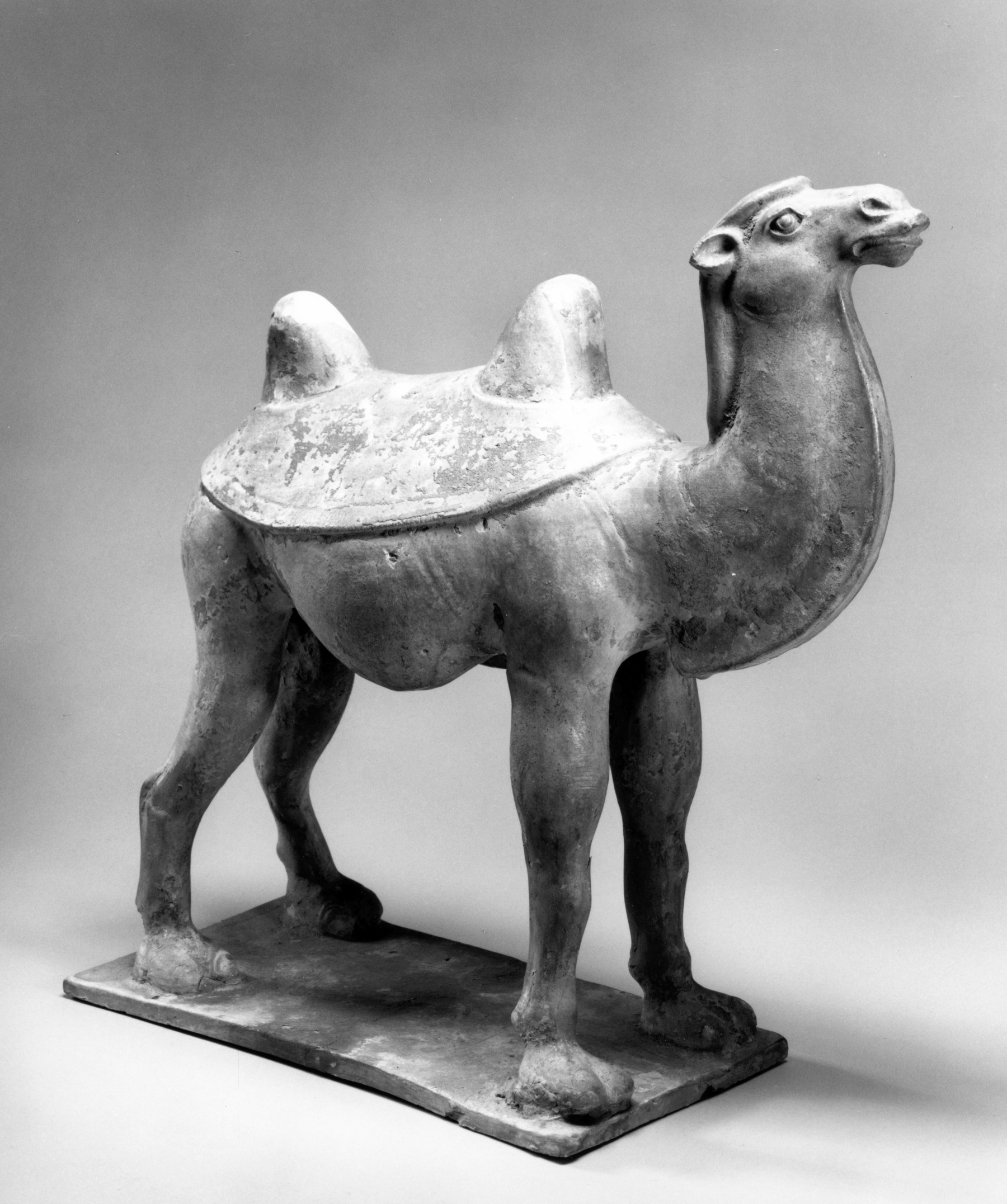Camel
(China )
The two-humped Bactrian camel is native to central Asia and was domesticated around 2500 BC. Camels were the primary mode of transport along the trade routes connecting the ancient civilizations of North Africa, the Near East, South Asia, and East Asia. Bactrian camels followed China's "Silk Route." After Alexander the Great's conquest of western and central Asia around 400 BC, these trade routes flourished. The camels that traveled along the routes uniting the Eastern and Western worlds became symbolic of these crucial links.
Provenance
Provenance (from the French provenir, 'to come from/forth') is the chronology of the ownership, custody, or location of a historical object. Learn more about provenance at the Walters.
Robert and Dorothy Ballentine, Parkville, Maryland [date and mode of acquisition unknown]; Walters Art Museum, 1997, by gift.
Exhibitions
| 2008 | Faces of Ancient Arabia: The Giraud and Carolyn Foster Collection of South Arabian Art. The Walters Art Museum, Baltimore. |
Geographies
China (Place of Origin)
Measurements
13 3/4 x 4 15/16 x 12 3/8 in. (35 x 12.6 x 31.5 cm)
Credit Line
Gift of Robert and Dorothy Ballentine, 1997
Location in Museum
Not on view
Accession Number
In libraries, galleries, museums, and archives, an accession number is a unique identifier assigned to each object in the collection.
In libraries, galleries, museums, and archives, an accession number is a unique identifier assigned to each object in the collection.
49.2731


